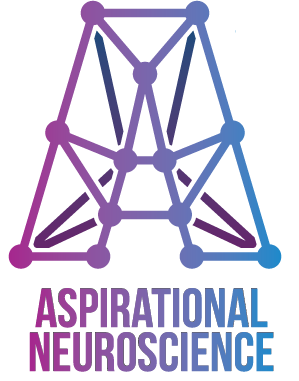Vetere, G., Tran, L. M., Moberg, S., Steadman, P. E., Restivo, L., Morrison, F. G., … &
Frankland, P. W. (2019). Memory formation in the absence of experience. Nature neuroscience,
22(6), 933. https://www.nature.com/articles/s41593-019-0389-0
Photostimulation of olfactory blub’s M72 glomeruli, photostimulation of inputs to
VTA from either the Lateral Habenula (aversive) or the Laterodorsal Tegmental Nucleus
(appetitive). Silencing of Basal Lateral Amygdala prevented expression of both real and artificial
memories.
Mouse olfactory blub, VTA inputs, BLA

Creates artificial memory by photostimulation of specific olfactory glomerulus (CS)
and either aversive or appetitive input to VTA (US). Memory created is ‘real’ as tested with real
odor.
“We paired this olfactory glomerulus stimulation with either rewarding or aversive
artificial brain stimulation (the US). We then determined whether these intracranial conditioning
procedures had resulted in memory implantation by presenting an external, retrieval cue (odor)
that the mouse had not previously experienced. We found that presentation of an odor
(acetophenone) that corresponded to the targeted olfactory glomerulus (and, importantly, not
another odor) induced natural memory recall. That is, the mice either approached or avoided
this odor depending on the valence (positive or negative, respectively) of the US pathway we
stimulated during training.”
